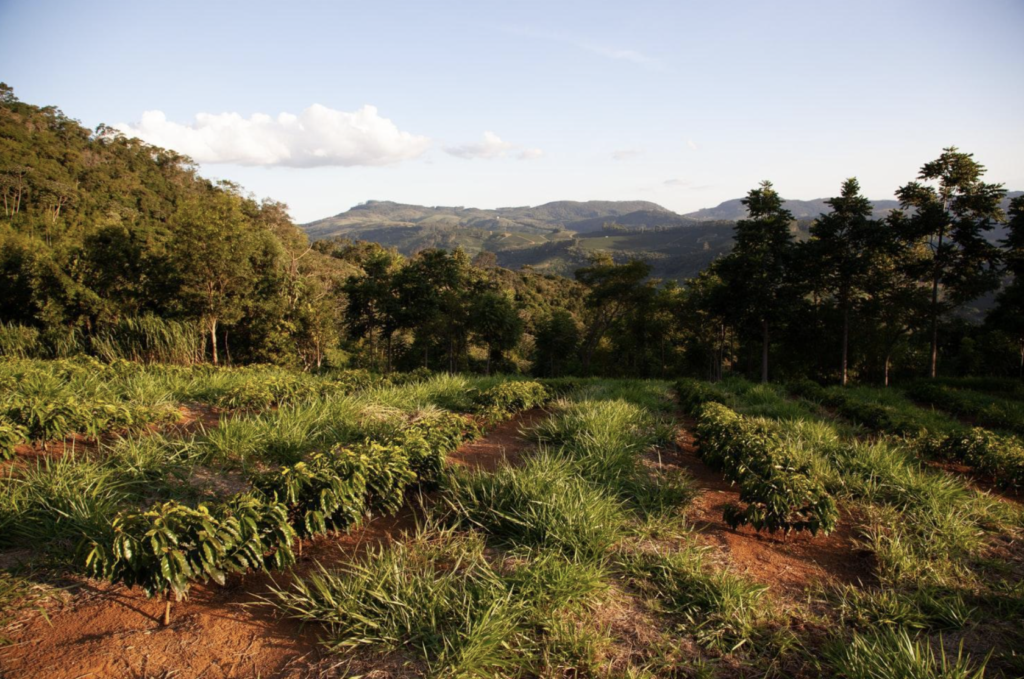
Technology is Changing Agriculture, But is It For the Better?
Written by Carrie Spencer of thespencersadventures.net
Agriculture has grown in leaps and bounds in the last century or so, owing to fast-moving technology. But of course, whether or not this growth is for the general good of the population and the environment is also a legitimate question. Hawai’i Farmers Union United takes a closer look at the main ways that technology has given agriculture a leg up in recent years, as well as the specifics and even implications of such advancements.
Production
Of the many improvements that agriculture has enjoyed in the last handful of decades because of technological advances, no doubt, among the most significant and important gains have been in the quality of food being produced, as well as quantity.
- When you compare agriculture today versus the past, it’s clear that better technology and equipment have made it possible for farmers to produce more food and feed a larger part of the world.
- Scientific breakthroughs have also made it possible for farmers to produce more variety in food that is safe, healthy, convenient, and even inexpensive.
- Doubtless, modern-day food technologies and agricultural practices make bountiful food accessible to many and, in turn, increase the population’s general quality of life.
Marketing
The digital age has enabled farmers to extend their marketing reach beyond traditional vendors and speak directly to consumers.
- Digital marketing methods such as email marketing campaigns allow farmers to generate interest in their products and keep customers informed on new developments.
- Farmers can make an infographic in minutes to push through social media. These can help educate consumers about your products and processes.
Distribution
With more food being produced at present than ever before, the need for efficient dispersal has become more crucial. Again, technology is making it possible to streamline the distribution of food produced, while also minimizing wastage in the process.
- A nimble supply chain is the very core of efficient and enduring food distribution.
- Farms can use business technology like inventory management software to track inventory and avoid taking up valuable storage space.
- In more ways than one, distribution and food security go hand in hand, which further drives home the need for supply chain efficiency.
Sustainability
Arguably the best use of technology in agriculture in this day and age lies in the opportunities and resources that make sustainable farming practices possible. And just in the nick of time, as well, as the earth faces climate change, pollution, and other environmental issues, driving home the need for food producers and consumers alike to take more responsibility.
- With today’s many environmental challenges, including climate change, there is truly a need for smart agricultural practices.
- Much of sustainable agriculture hinges on the effective use of water conservation techniques in farms.
- The need to ban the use of harmful pesticides in favor of more sustainable and healthier solutions is also a must, which is thankfully now being adopted in more countries.
Ultimately, technology is only as good as the good that it brings. In the case of agriculture, it’s definitely heartening to see the real improvements it has made possible both in the production and distribution of food and, even more importantly, in sustainability.
HFUU is composed of 15 Chapters across the Hawaiian Islands. We are represented with a seat on the Hawaii Board of Agriculture.
Our Members are Farmers Union made up of farmers, gardeners, and folks that purchase and consume locally produced products!
We are a grassroots producer-driven organization with leadership demonstrating support for family agriculture as the basis for thriving rural communities. Those communities, in turn, are vital to the health and economic well-being of the entire U.S. economy.
For more information, please visit our website or contact us today!
